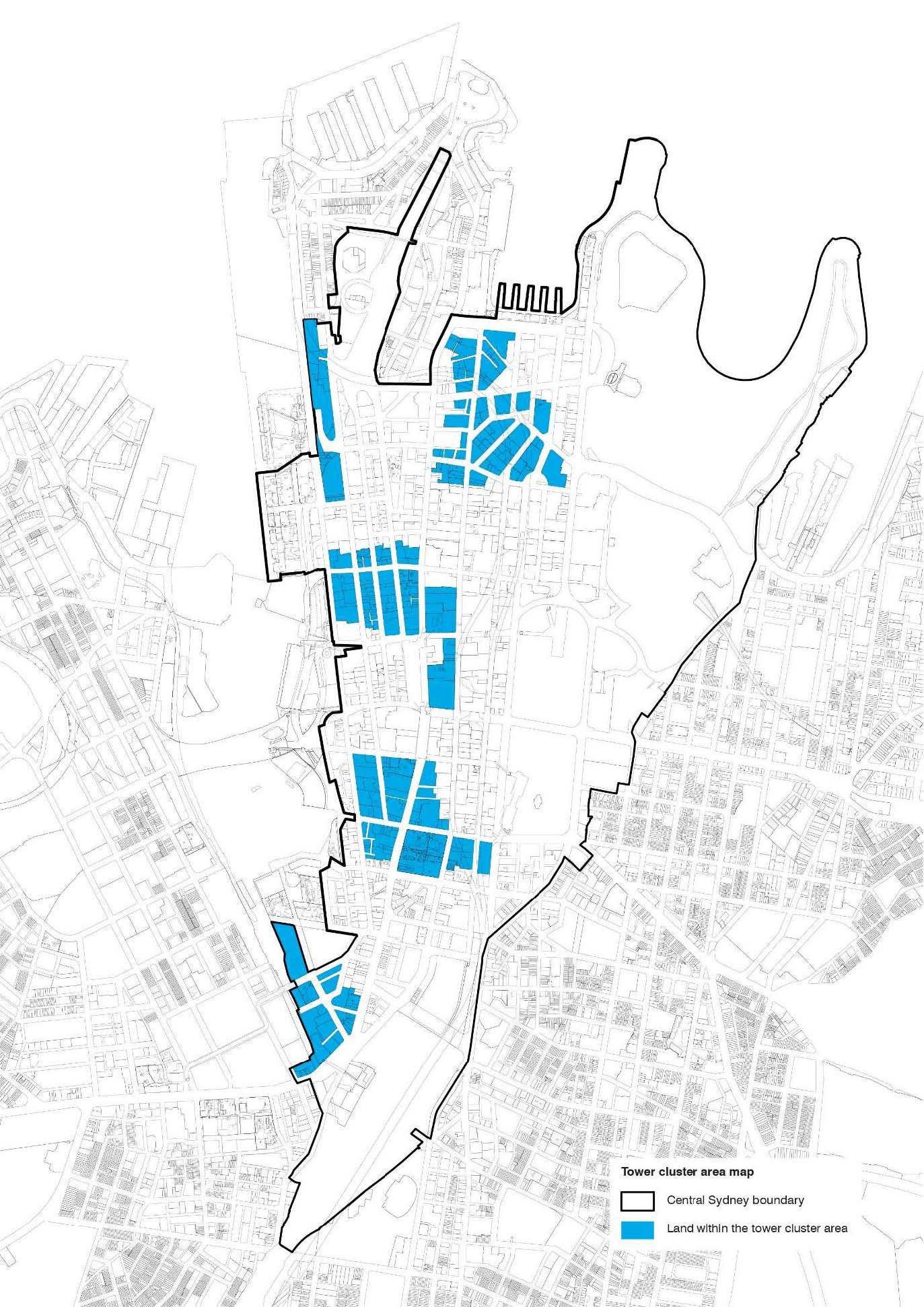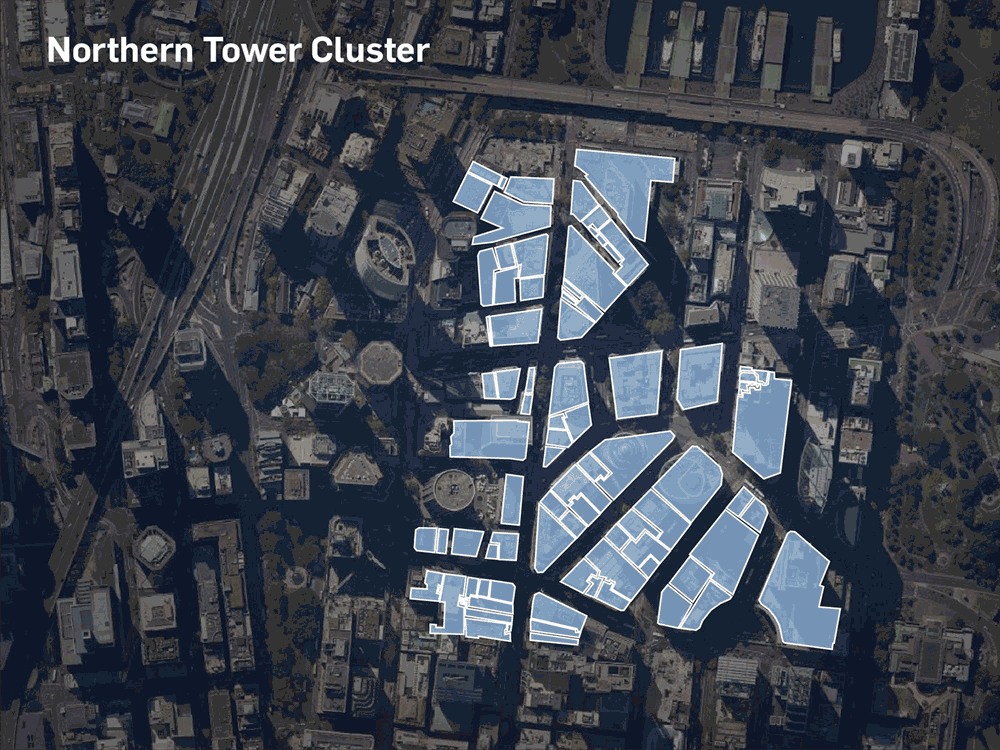Clusters of skyscrapers, otherwise known as Tower Clusters, are one of the City of Sydney’s proposed tools to driving employment outcomes for a Global Sydney.
The Tower Clusters are a feature of the Central Sydney Planning Strategy (CSPS), which is now on public exhibition until 10 July 2020, alongside the associated Planning Proposal (Central Sydney 2020). Given the current opportunity for industry to offer feedback, now is the time to explore whether the potential offered by the Tower Clusters is hidden in the clouds, unreachable without solving the planning puzzle.
The CSPS introduced the Tower Clusters in July 2016, to provide an indication of where potential uplift may be achievable in less environmentally constrained parts of the CBD. Clusters of skyscrapers potentially up to 330m high, nearly 24 stories taller than Sydney’s current tallest commercial building, Chifley Tower, were identified and mapped by the City of Sydney to provide an indication of where the commercial growth could be accommodated. These traverse a range of locations, including the traditional ‘core’ at the northern end of the CBD, in addition to areas such as Haymarket, Chinatown and Central Station Precincts to the south of the CBD, which are expected to grow in the medium to long term.
Since July 2016, the role and function of the Tower Clusters have been refined, and it is questionable whether the CSPS provides enough support for them to truly deliver the desired commercial outcomes for a Global Sydney.
We have been keeping an eye on the evolution of the CSPS and the Tower Clusters, with an active role on the Property Council of Australia’s Central Sydney Taskforce, discussing their mechanisms for delivery and what they mean for Sydney with senior industry representatives, including the Director of City Planning, Development & Transport at City of Sydney Council, Graham Jahn AM. This article provides insights into what we’ve learned.




